Do you hang mistletoe in your home over the holiday season? Do you know that of all the holiday traditions that have both ancient and pagan roots that this is one is among the oldest? Or that it was ever-so-saucy Victorians that turned it into the kissing ritual as we know it today? The history of mistletoe is a long and hard-to-determine one, but I have found a few fun details about how this tradition evolved that many of our readers will enjoy using as conversation starters this year.
Tudor times: Kissing boughs
Any blog post that you read on the history of mistletoe will tell you that its origins can be traced back to the ancient Norse myth of Frigg, Baldur, and Loki. There are many versions of the story but ultimately, what I gather is that Frigga, the Goddess of Love, considered mistletoe to be a sacred and wise plant. When her son survived an attack by Loki, she said that mistletoe would protect others from death and would be deserving of love.
Like other forms of evergreen, decorating with mistletoe was a winter holiday tradition passed down from pagan religions into Christianity. Some of the plants have a significance of their own (such as the mistletoe being associated with love), but overall, evergreen was thought to bring good luck as it remains green through the cold months, unlike other plants.
By Tudor times, the tradition of hanging mistletoe during Christmas had begun with the hanging of the kissing bough. These gorgeous decorations consisted of various types of evergreen formed in a medium to a large-sized sphere, with mistletoe often at the center.
Kissing underneath the mistletoe hadn’t quite taken off yet, however. Instead, the “kissing boughs (likely a term imposed on the tradition in more modern times)” was hung over the doorway to greet guests.
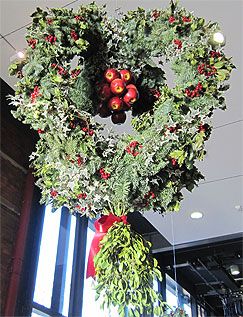
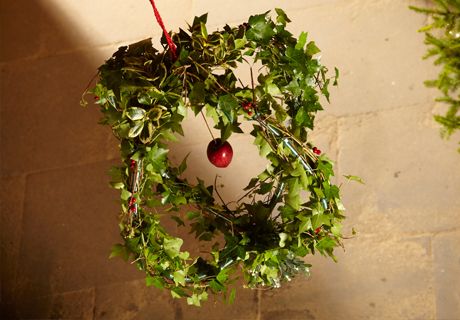
Naughty Georgians
There are few references to mistletoe being used as part of a kissing ritual until the 18th century. And then, it seems that it went right from doorway decoration to scandalous holiday fun.
Two to One, an English opera written in 1784 includes the following lines:
When at Christmas in the hall
The men and maids are hopping…
Cry, ‘What good luck has sent ye?’
And kiss beneath the mistletoe.
I’m not sure if all readers will pick up on the undertones in the song, but it is fairly suggestive in nature. And indeed, Georgians used mistletoe to get a bit naughty, so much so that in some households the hanging mistletoe was kept underneath stairs, in less-trafficked hallways, or in the servant’s quarters so as to keep the related activity out of view from most guests.
It was also during this time that some churches banned mistletoe altogether due to its association with pagan fertility symbolism.
It is quite clear from some of the portrayals of mistletoe at parties from the time that it was a far-from-innocent holiday tradition.
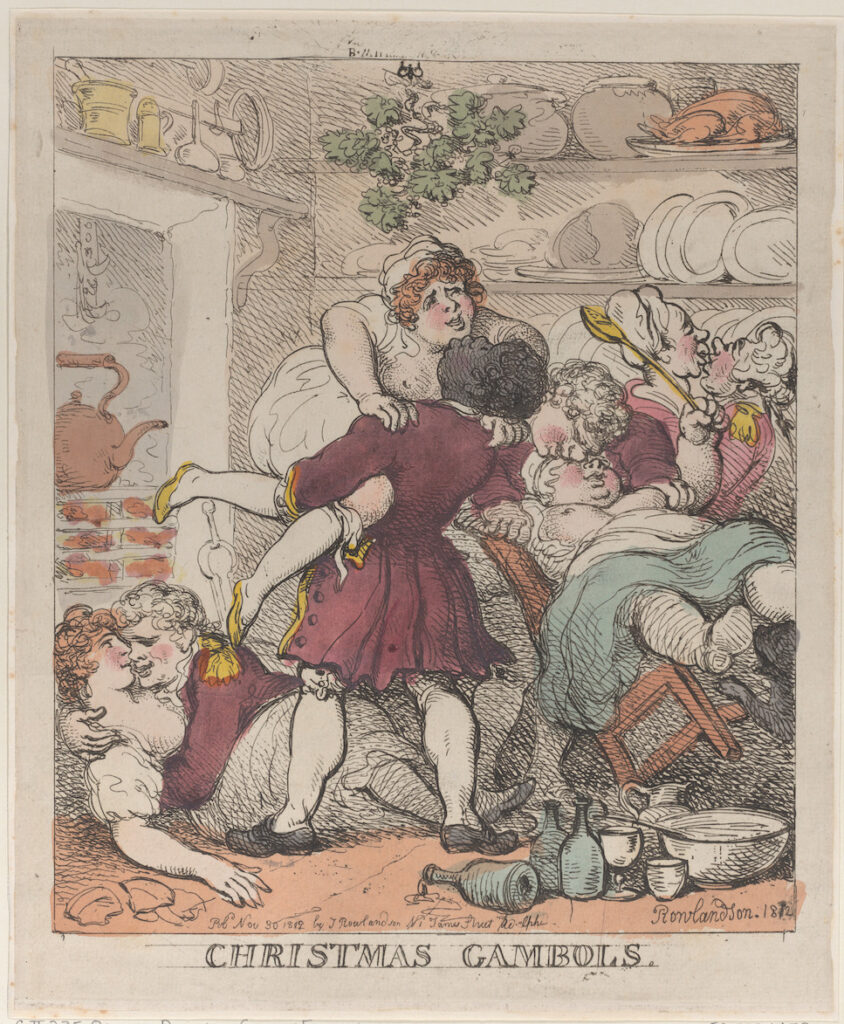
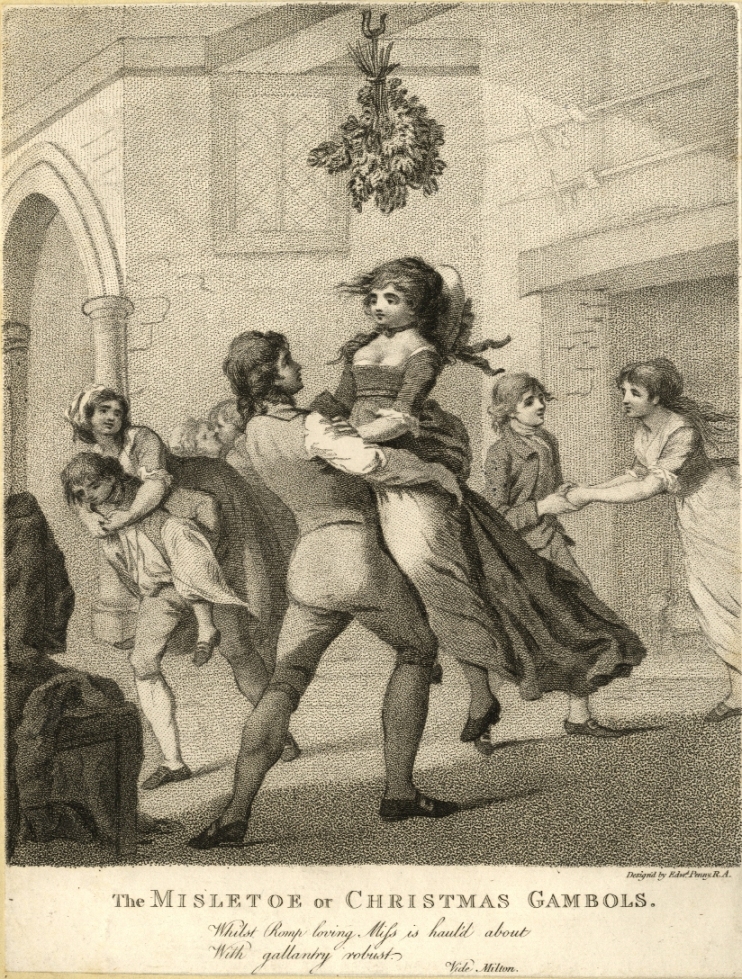
Mistletoe: Another Victorian courting custom
As we have seen in the posts on flirting with a hand fan, letter writing, croquet, and more, people in the 19th century were quite keen on their public courting customs. By the 1830s, mistletoe had already made its way to a more respectable part of the holiday and it would become more common and more public for the rest of the century, especially as the Victorian era got underway. The delightful 1830s reference book The Every-day Table Book or, Everlasting Calendar of Popular Amusements reads on the passage for December 25:
“The charms of Christmas give temporary bustle to most classes of tradesmen: the green-grocer is decorating his half-glazed windows with his best fruits and most attractive edibles, which are served as luxuries rather than generous enjoyments; and his sly daughter takes care a certain brand of the business not be forgotten–I allude to the mistletoe.”
The passage then includes a poem the author cites as being from 1826. Its closing stanza reads:
Married and single, proud and free,
Yield to the season, trim with glee:
Time will not stay — he cheats us so —
A kiss? — ’tis gone — the mistletoe.
Dickens’ Pickwick Papers
Another famous early reference to the mistletoe being used as a tradition involving kissing is Charles Dickens’ Pickwick Papers. Published in 1836 it reads:
“From the centre of the ceiling of this kitchen, old Wardle had just suspended with his own hands a huge branch of mistletoe, and this same branch of mistletoe instantaneously gave rise to a scene of general and most delightful struggling and confusion; in the midst of which, Mr. Pickwick, with a gallantry that would have done honour to a descendant of Lady Tollimglower herself, took the old lady by the hand, led her beneath the mystic branch, and saluted her in all courtesy and decorum.”
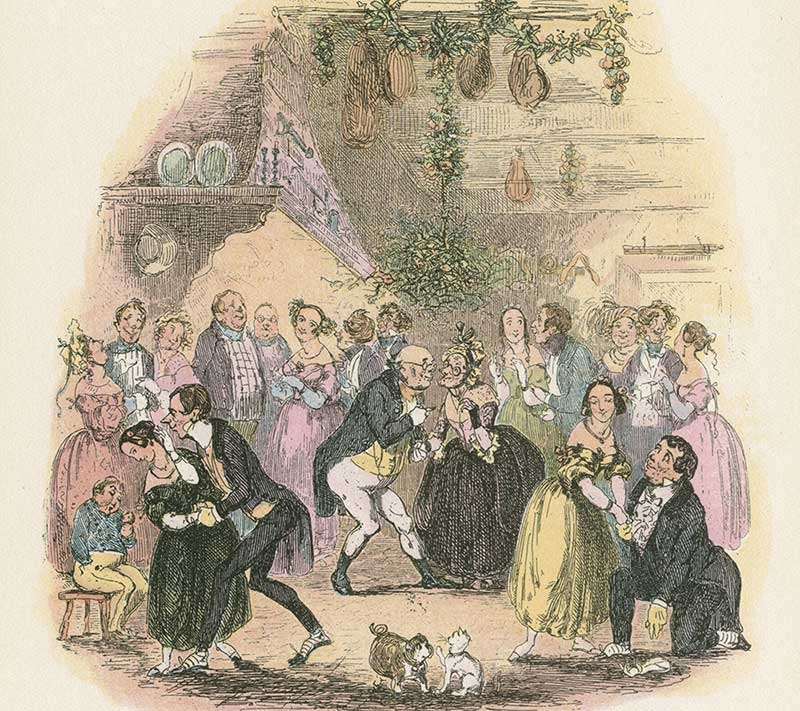
Washington Irving’s Christmas Eve
By the Victorian Era, the tradition had turned into more of a game, bringing to mind my blog post: The Unexpected Romantic History of Bobbing for Apples. Victorians loved to get creative with their matchmaking! Washington Irving’s 1876 short story Christmas Eve documents this holiday kissing game:
“The mistletoe is still hung up in farm-houses and kitchens at Christmas, and the young men have the privilege of kissing the girls under it, plucking each time a berry from the bush. When the berries are all plucked the privilege ceases.”
As someone who has had the misfortune of having mistletoe berries stuck to the skin when accidentally squishing them, I can imagine that the plucking of the berries was done away with and evolved into the clean and tidy mistletoe tradition that we enjoy today.
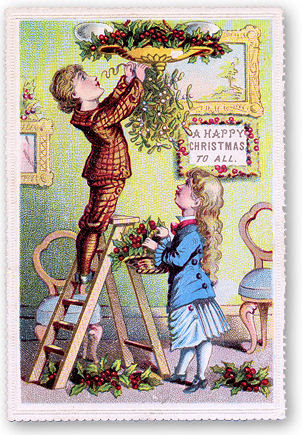




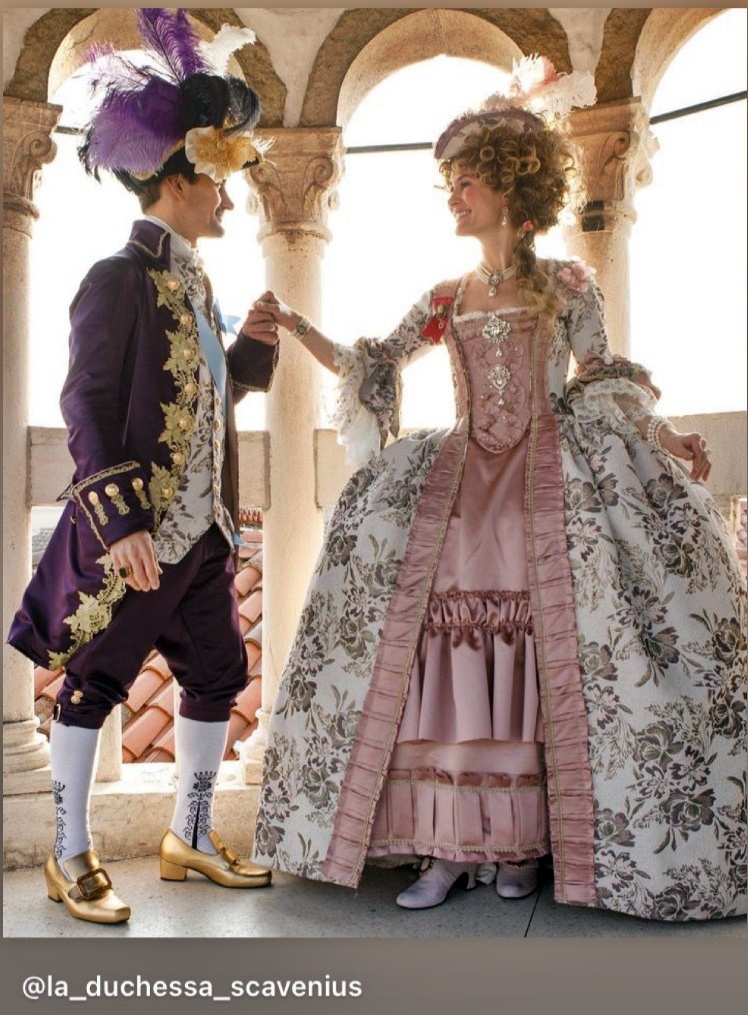
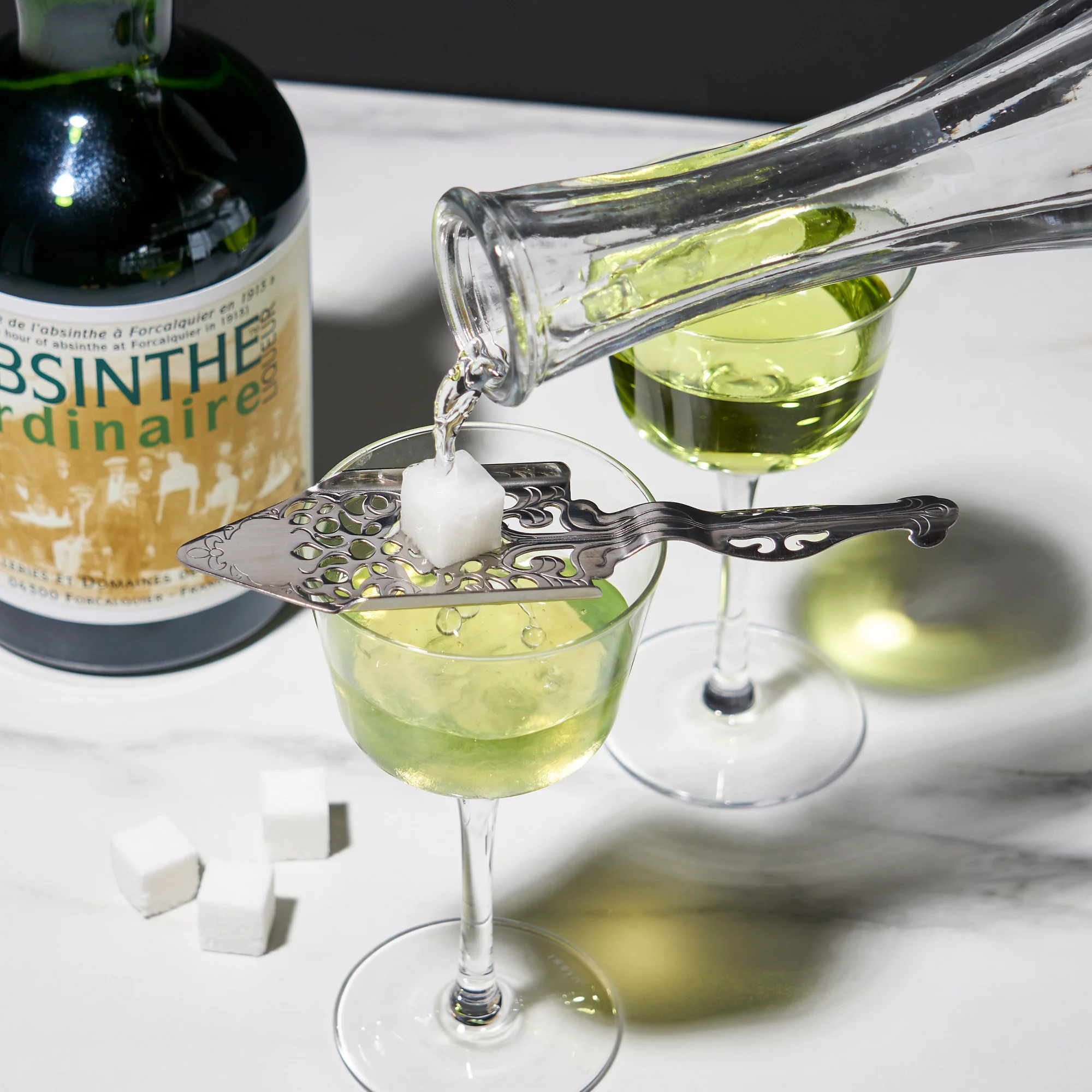



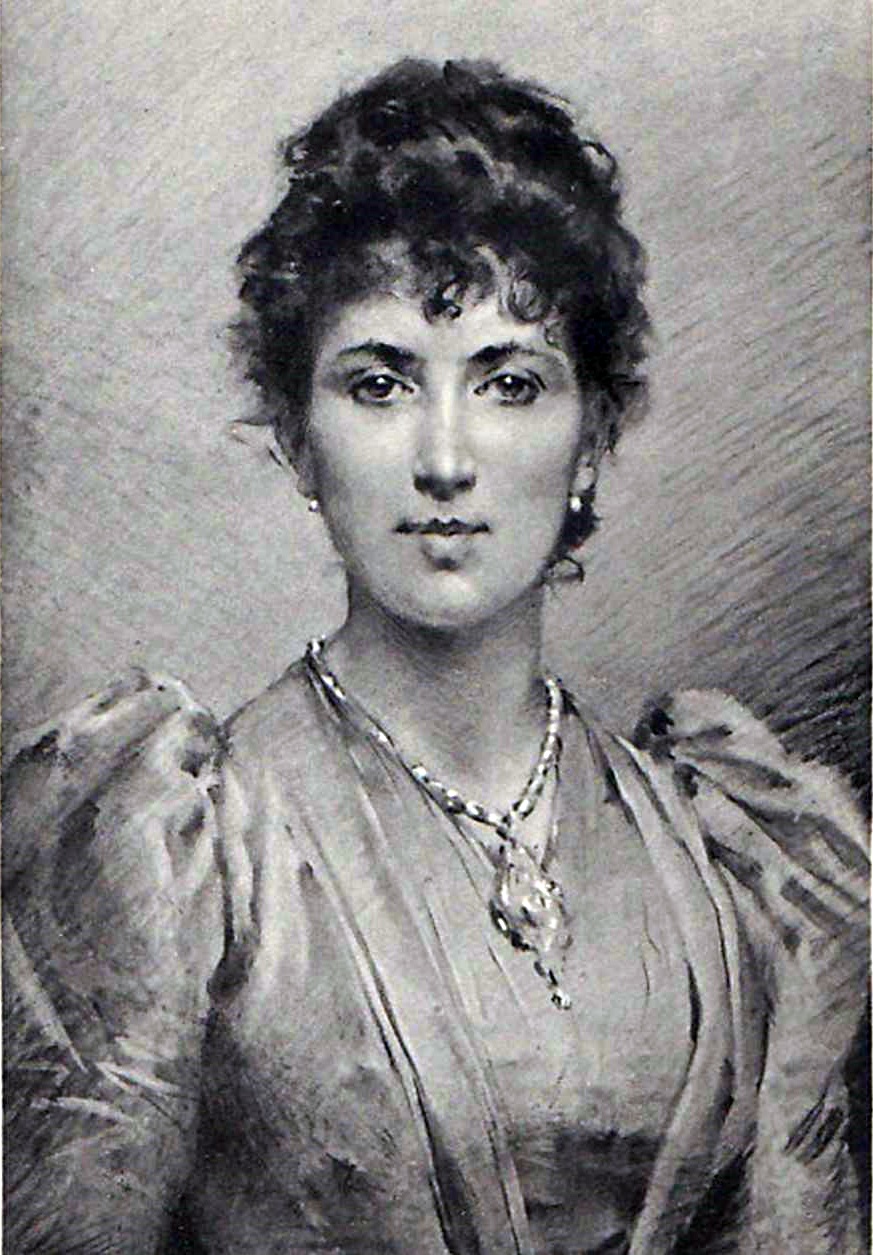




Leave A Comment